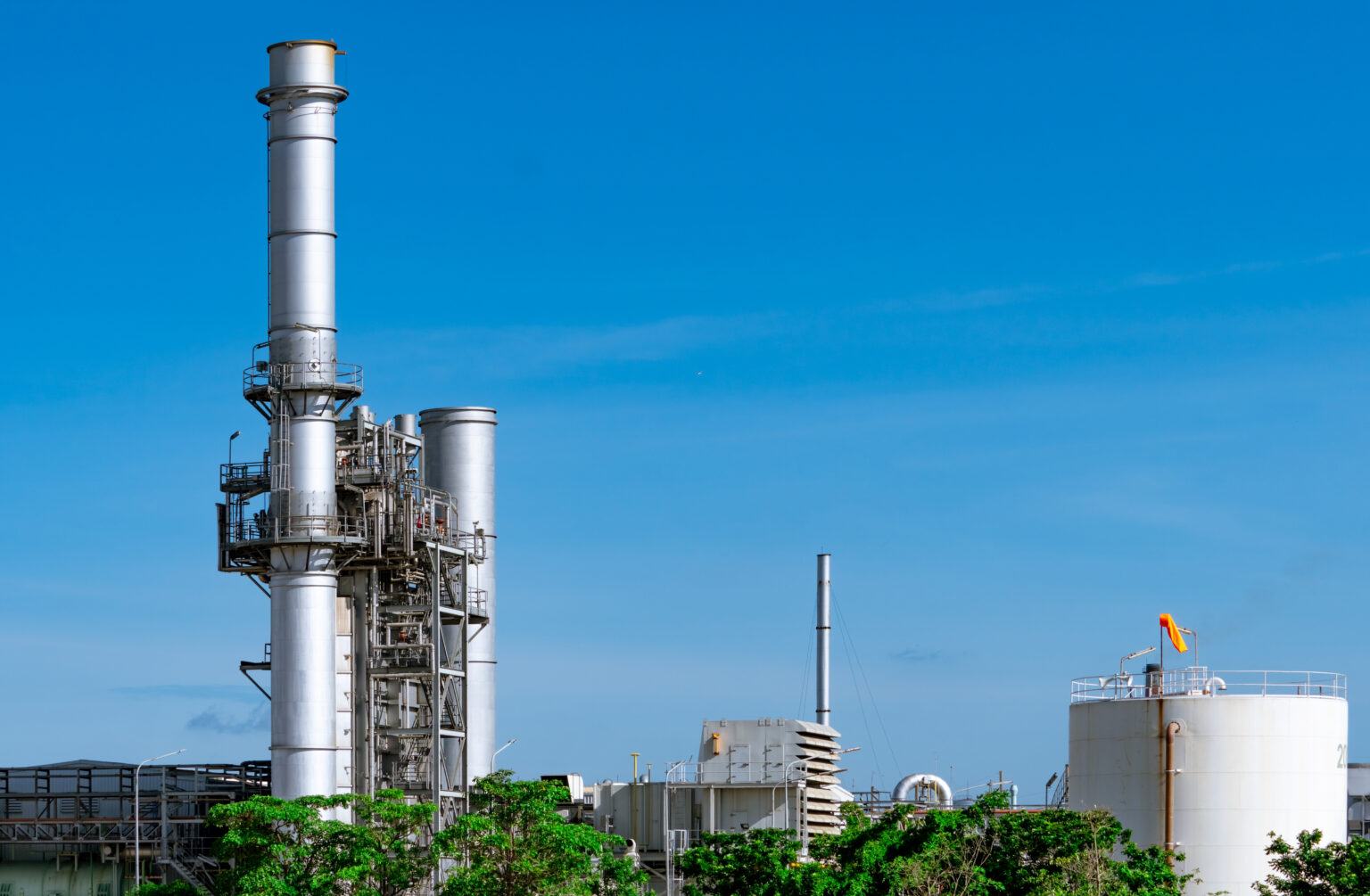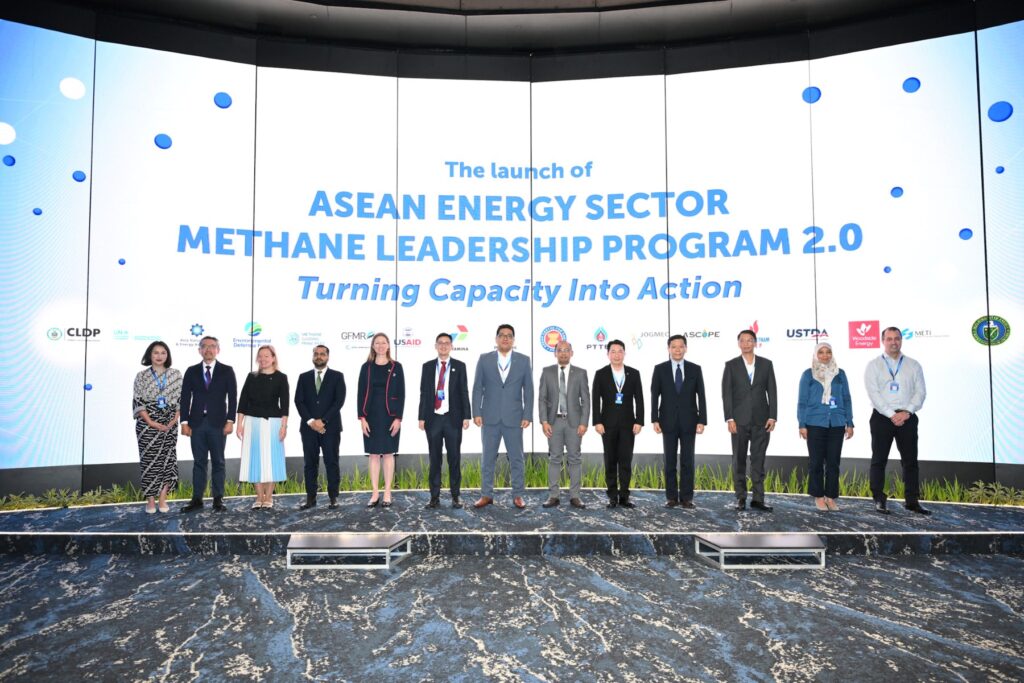This blog post is adapted from a webinar, Engineering Solutions for Methane Abatement, held on July 17, 2024. The guests were Audrey Mascarenhas, President and CEO, Questor Technology Inc.; Clayton Nash, Director of Emissions Solutions, Tegre Corporation; and Glen Hay, Emissions Management Consultant, SLB. The moderator was Ilaria Parrella, Emissions Abatement Leader, Baker Hughes. We thank the above experts for contributing their time and insights.
Methane emissions abatement involves a number of granular decisions that may pull operators in different directions. The wide range of variables that influence which abatement pathway to pursue can lead to paralysis, while operators grappling with thin margins must consider the trade-offs that each pathway could entail. The lack of a one-size-fits-all solution means that methane abatement often looks different depending on the specific set of circumstances.
One way to begin this process is to produce a marginal abatement cost curve (MACC). These are simple, easy-to-read charts that help visualize the cost-effectiveness of various emissions-reduction pathways (see example here). MACCs help operators perform apples-to-apples comparisons of different strategies. This can be particularly useful for gas operators, who must grapple with both methane and carbon dioxide, sometimes from the same source, making like-for-like comparisons tricky. With MACCs, every potential abatement option can be measured in terms of dollars per megaton of carbon dioxide equivalent.
With a MACC in hand, the next step is to determine what solution to employ. Take flaring: many in the gas industry know that carbon dioxide contributes less to warming, at least in the short run, compared with methane. In the case of flaring, this means that simply improving flare efficiency—or the proportion of methane that is converted into carbon dioxide before being released into the atmosphere—can often go a long way toward slashing emissions.
A common misconception holds that flares that produce large, smoky fires are highly polluting. Operators may rush to add steam to these flares in order to reduce smoke and cause the flare to appear “cleaner”. Yet these smoky flares may in fact be achieving a higher combustion rate; methane is, after all, colorless and odorless. Of course, the soot and large particulates associated with this smoke are also a big problem. This is where flare enclosures come in; these devices can both eliminate visible flames and achieve high combustion rates.
What is more, all this combustion generates heat—a valuable commodity that can be utilized in numerous ways. The facility itself can leverage the heat for power generation, to treat water or to run processes directly in the plant. The heat can be sold as a revenue stream or donated to local communities—this is especially relevant in the developing world, where energy access is poor. Some communities in Nigeria, for instance, use such heat to dry food for preservation. Given that 140 billion cubic meters of gas is flared every year, according to the International Energy Agency, letting this heat go to waste represents a huge missed opportunity.
Even beyond the climate imperative, leveraging technical solutions where possible—especially with regard to flaring—simply makes good business sense. Although every context is unique and will demand bespoke solutions, a few overarching principles can help guide decision-making when it comes to engineering fixes to minimizing methane emissions.




